1. Fireworks
If you were to reflect on the number of material goods you come across on a daily basis, you’d likely be surprised by how many didn’t even exist as recently as ten years ago. Monumental discoveries happen all the time, but do you have any idea how many occurred by accident? Here’s a list of some of the most interesting ones we’ve discovered, not by design, but by surprise.


2. Laughing Gas
It all happened when a Chinese cook mixed sulfur, saltpeter, and charcoal over a fire as an experiment. And it created fireworks! Excited about this accidental discovery, the next morning the cook tried to recreate his experiment and was ecstatic to see that it worked again. Later, the Chinese learned that if they put the mix inside a piece of bamboo, it would explode. And this is how the firecracker and fireworks were born.
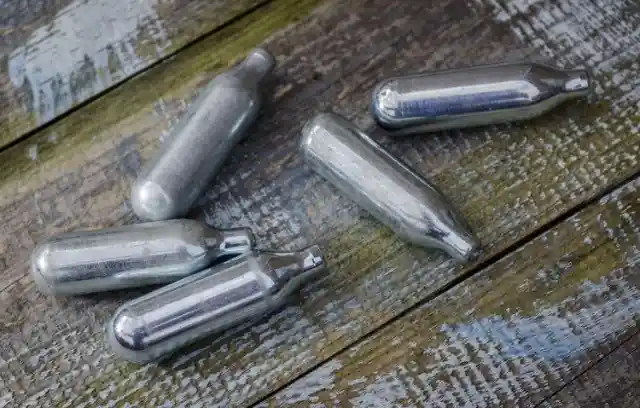
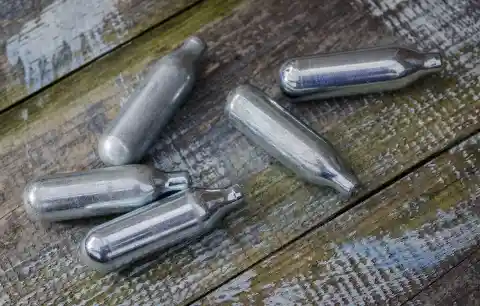
3. Saccharine
Humphry Davy was a young English inventor and chemist who fancied himself as somewhat of a guinea pig. One day he decided to test the effects of inhaling artificially produced gasses. Not much time passed before Mr. Davy discovered that heat-treating ammonium nitrate crystals would produce gas and that inhaling said gas would create a state of euphoria. This was later named “laughing gas”.

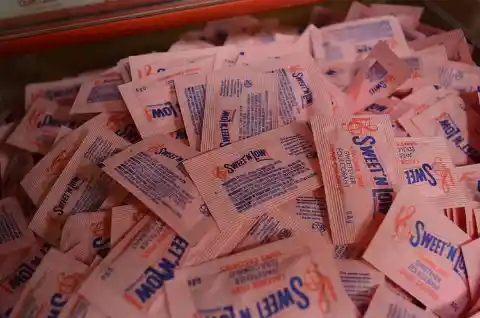
4. X-Rays
For years, people tried to find a way to sweeten their food without adding too many calories. Enter Constantin Falhberg, a chemist who was in seek of various uses for coal tar. After a day filled with futile attempts at discovering new uses for coal tar, he returned home to some home-baked cookies. Eager to have a bite, he forgot to wash his hands before eating and discovered that coal tar could act as a sweetener.
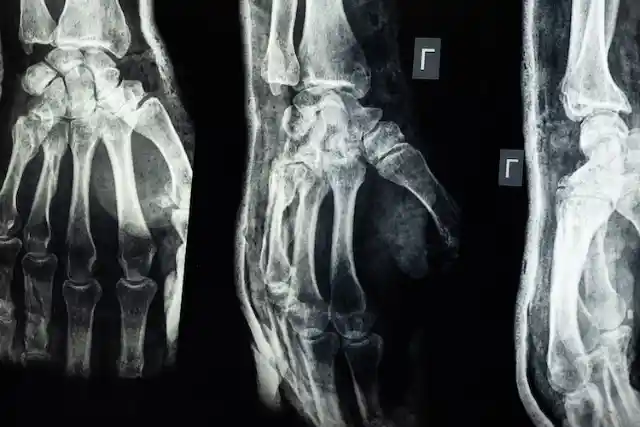
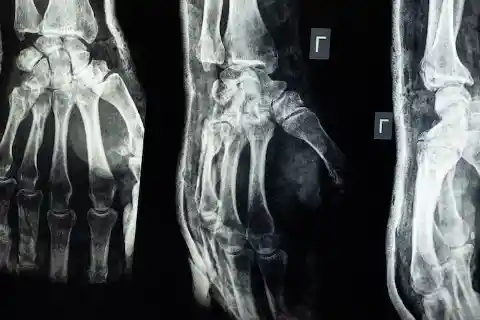
5. Microwave Ovens
X-rays are electromagnetic waves of high energy with a short wavelength. It’s impossible to see them without special equipment, so one might wonder how Wilhelm Conrad Rontgen discovered them in the first place. Rontgen was working in his lab one day testing cathode rays when suddenly the rays exposed something that he spotted out of the corner of his eye. On a screen to his right, he noticed chemical remnants from a previous experiment, making him the first person to see an X-Ray.
6. Post-It Notes
This electrical appliance is now in over 90% of American homes nowadays, but it was discovered totally by accident. In 1946, an engineer named Percy Spencer was operating a magnetron, the main component of the radar, when he realized that a candy bar he had been carrying in his pocket had melted and made a mess. He then decided to place an egg in the path of the magnetron waves and soon, the first microwave was ready to be released into the world.
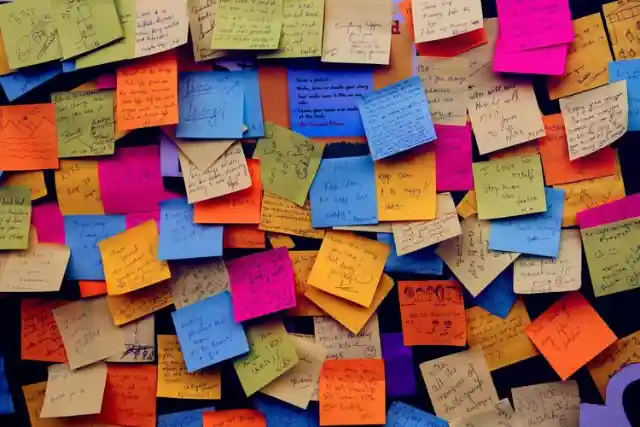
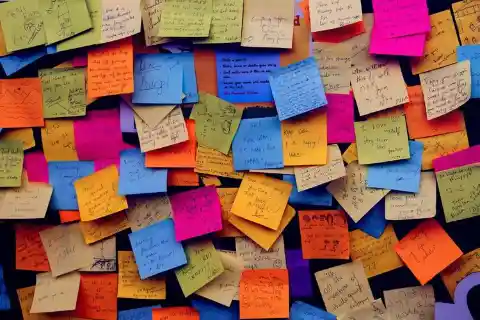
7. Potato Chips
In 1968, a chemist at 3M named Spencer Silver discovered that he had accidentally made an adhesive that was strong enough to support paper on a surface, but weak enough so it wouldn’t rip it off when removed. By trial and error, post-it notes were ready to launch three months later.
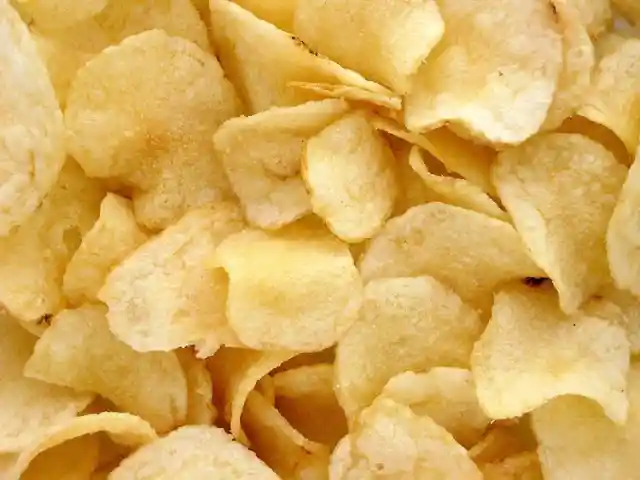
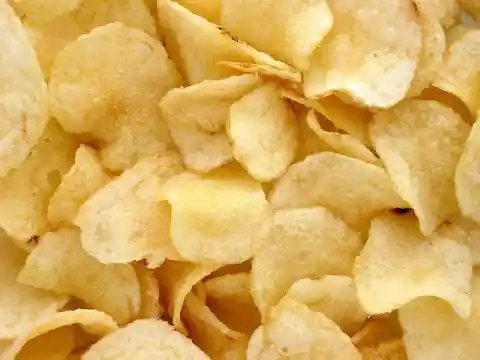
8. Coca Cola
In 1853, George Crum, a chef from New York, was frantic about a customer who claimed his french fries were soggy. In his attempt to please the customer, George sliced a potato extra thin, fried it in oil, and then immediately put it in salt. To his surprise, the customer liked the fries and George became the inventor of potato chips.
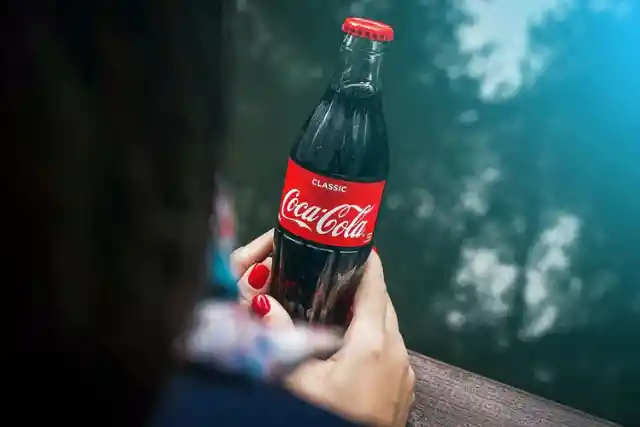
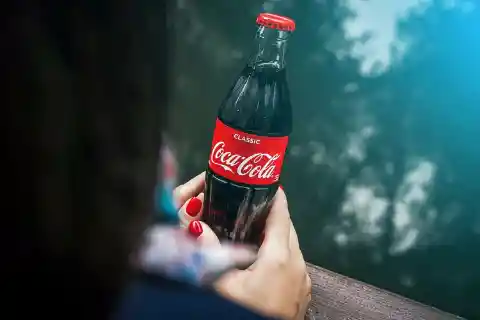
9. Popsicles
While the exact recipe of Coca-Cola still isn’t known to date, the story behind its invention is fascinating. A civil war veteran named John Pemberton was working as a pharmacist, and he was developing a medication to treat ailments, such as opiate addiction, headaches, and stomach pain… but by mistake, he invented the most popular drink that’s ever been made.
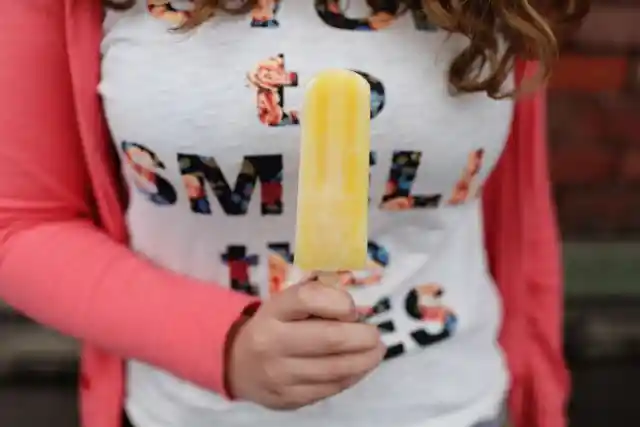
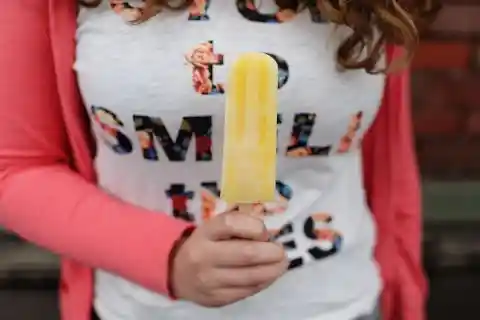
10. Ice Cream Cones
In 1905, 11-year-old Frank Epperson decided to try and save some money by recreating the infamous soda pop at home. He used a combination of powder water but wasn’t pleased with the result, and left the mix on his porch all night. That night, the temperature fell below zero, and Frank woke up to see the first popsicle ever made.


11. Plastic
Even though ice cream had been around for decades, it was never put into a cone until 1904. At World’s fair, the ice cream stall was selling so much that they quickly ran out of plates to put the ice cream on. Luckily the Persian waffle stall next to it was hardly selling anything, so the stall owners decided to roll the waffles up and place the ice cream on top. That day, the ice cream cone became a reality.
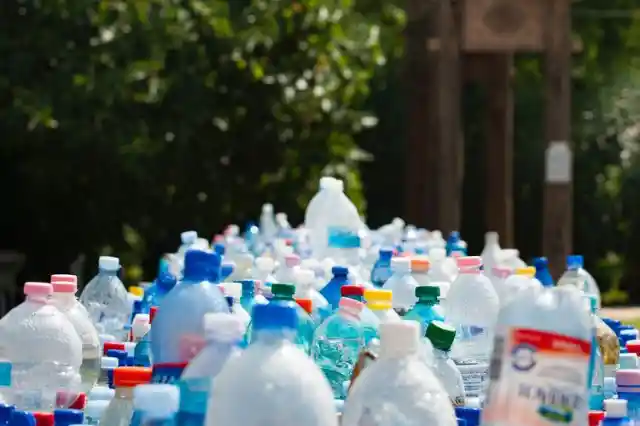
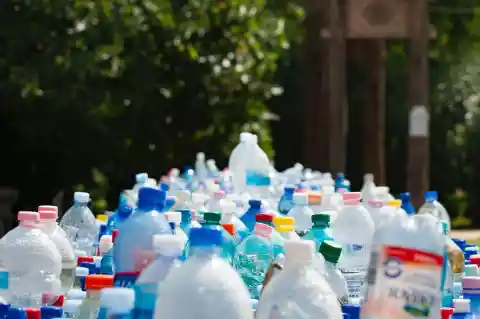
12. Play-doh
Can you imagine life without plastic? Plastic is everywhere today, but this wasn’t the case 100 years ago. Instead of plastic, the most commonly used material was shellac, but because it was made from beetles that were imported from Southeast Asia, it’s was very costly. Leo Hendrick Baekeland decided to try and find an alternative, and he soon invented a moldable material that could withstand high temperatures without melting. Hence, plastic was born.

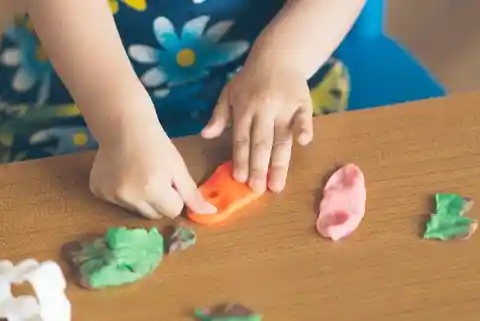
13. Super Glue
Did you know Play-doh’s original use was to clean wallpaper? In the 20th century, people didn’t have to use coal to heat their homes anymore, so their wallpapers didn’t need much cleaning. Cleo McVicker’s son, the original inventor of Play-Doh, found an interesting use of it. And the rest is history!
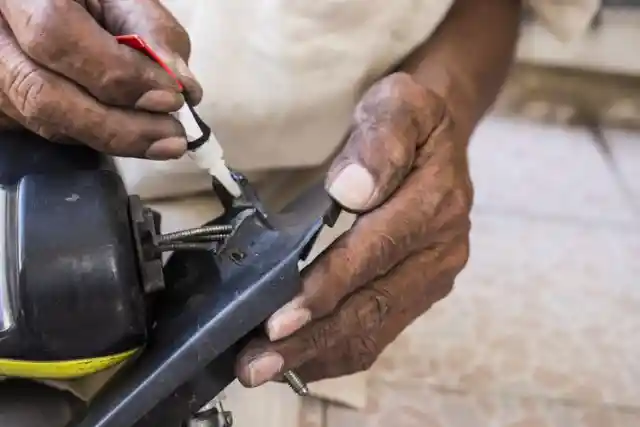
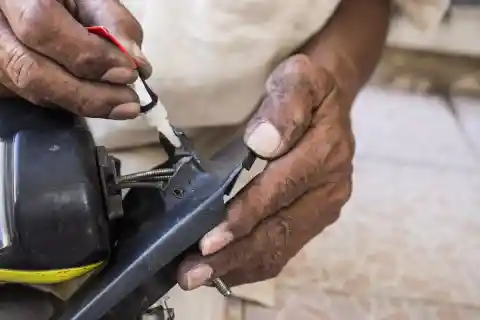
14. Velcro
Harry Coover was working as a researcher at Kodak Laboratories, and his job was to develop plastic lenses to be implemented on gun sights. One day he accidentally made a synthetic adhesive made from cyanoacrylate. At first, he rejected it because for being too strong, but years later, it found its way into every home.
15. Safety Glass
In 1948, George de Mestral was out in the woods hunting with his dog when he noticed that several burrs were sticking into his dog’s fur. Later, he tried to replicate this effect in the lab, and soon, velcro was being used by NASA.
16. Corn Flakes
A French chemist named Edouard Benedictus had an accident in his lab when he dropped a flask full of plastic cellulose nitrate off his desk. Instead of shattering into million pieces, the glass just cracked. Years later, all vehicle windshields were made from this.

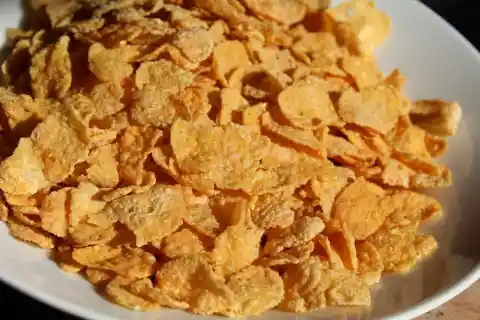
17. Dynamite
Will Keith Kellogg offered to help his brother who was then working at the hospital cooking meals for patients. Accidentally he forgot some bread dough out and it sat for many hours. Upon realizing his mistake Kellog decided to bake it anyway and the first-ever cornflakes were made!
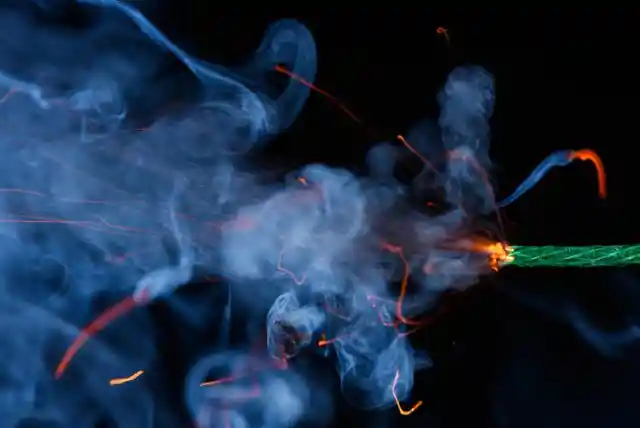
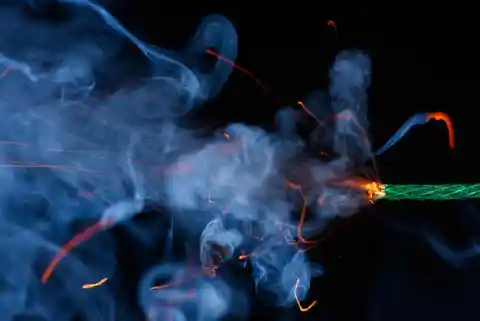
18. Stainless Steel
Alfred Nobel accidentally found a way to contain nitroglycerin in a tube without it losing its power. Soon, gunpowder had an opponent, and a new type of weapon was born: dynamite!
19. Anesthesia
Stainless steel has found its way into just about every household, but at first, it was invented as a material that wouldn’t rust by centering arms. The material was initially created to develop a gun barrel.
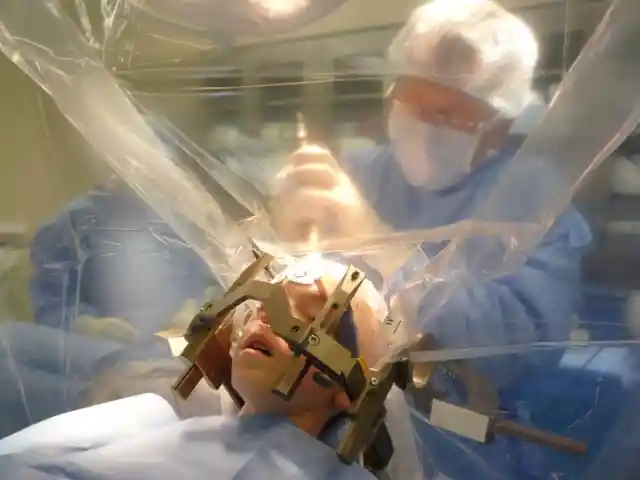
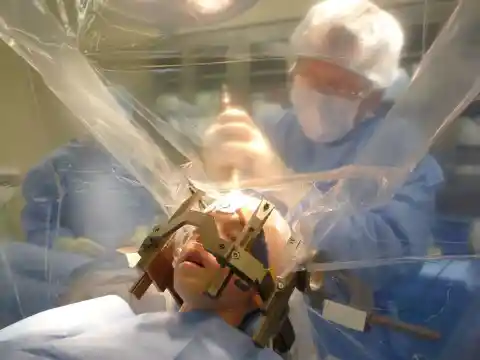
20. Penicillin
Nitrous oxide and laughing gas were being used for recreational reasons until Charles Jackson, William Mortal, and Crawford Long decided to find a practical way of using them for the greater good. They became known as the inventors of anesthesia.
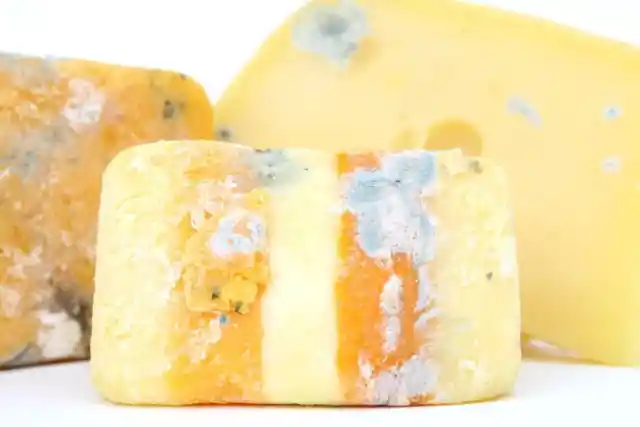
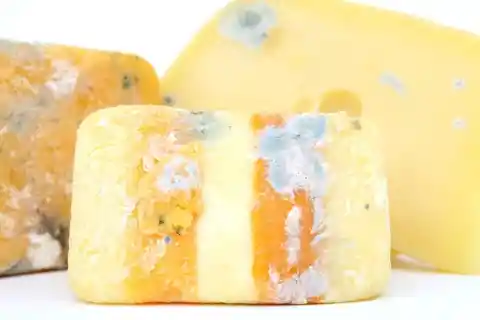
While trying to understand staphylococcus, microbiologist Alexander Fleming added some bacteria to Petri dishes before leaving home. Normally, the bacteria would grow, but when he returned, he was surprised to see that mold had grown in the dishes. And penicillin, the first antibiotic, was discovered.